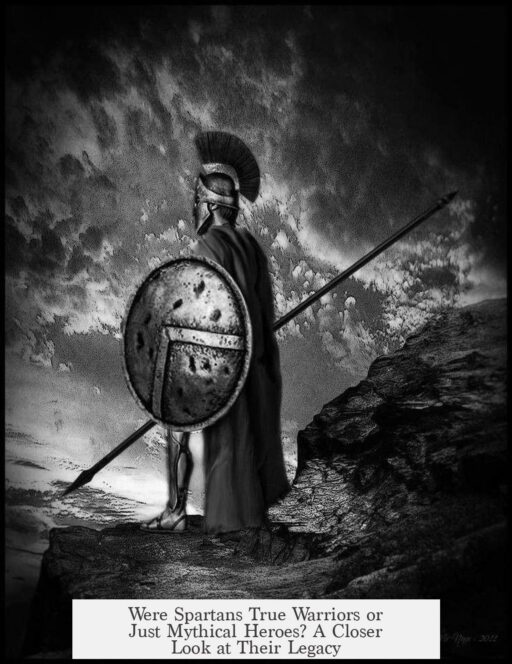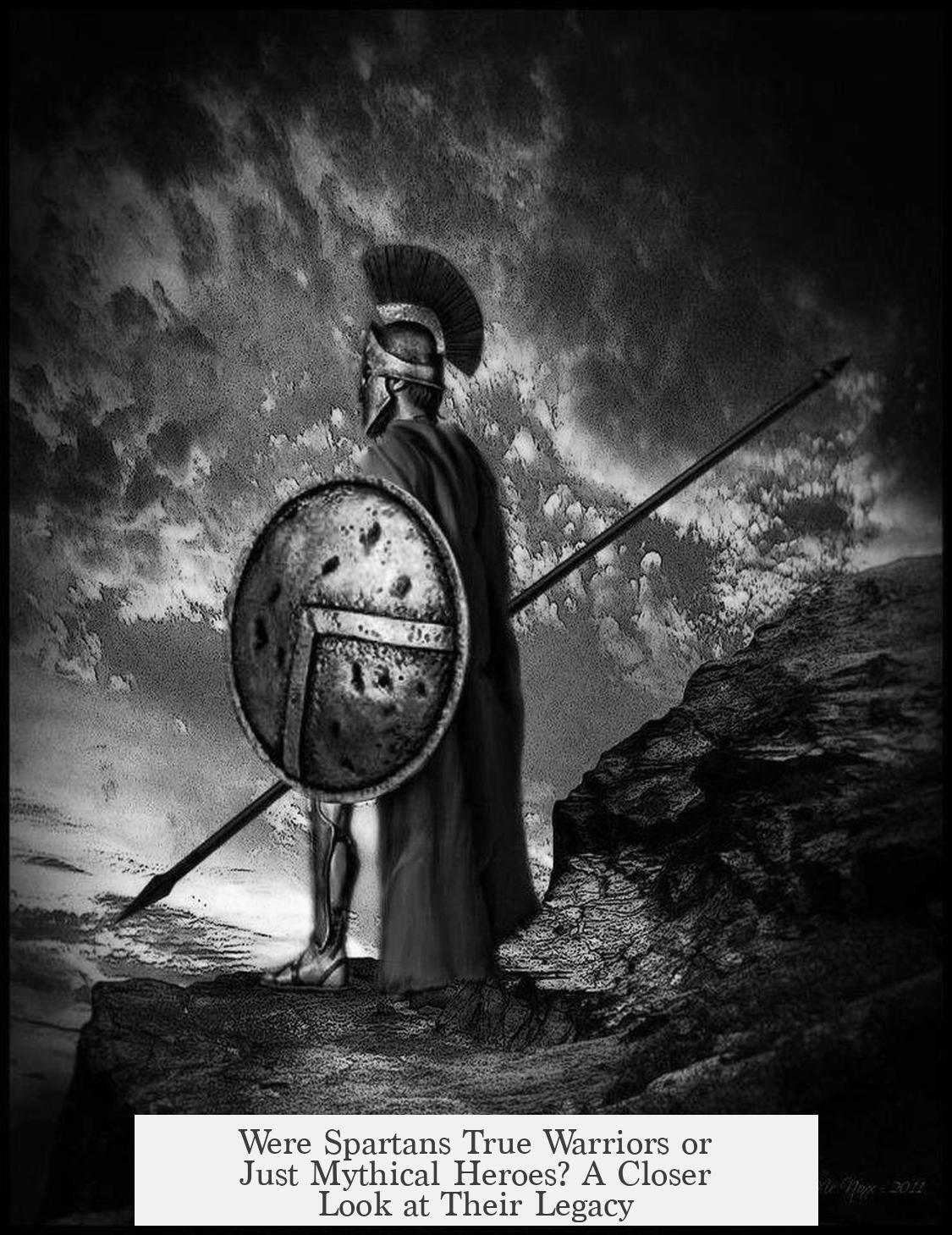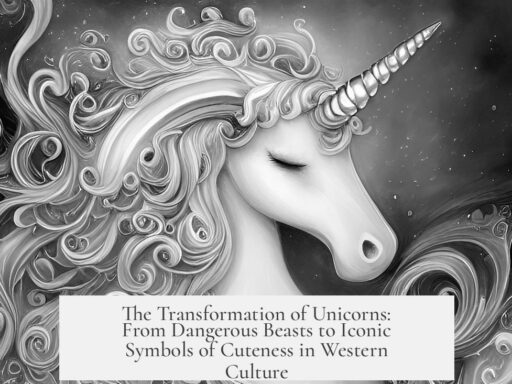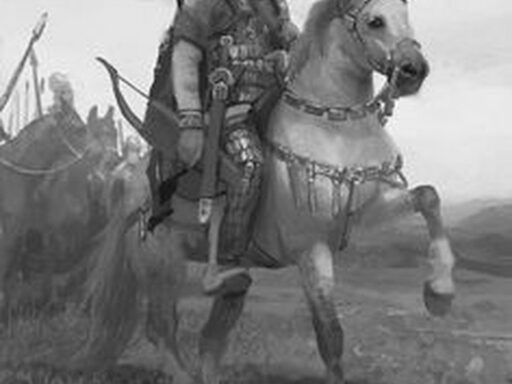The Spartans were not inherently superior warriors by natural ability or exclusive military training, but their reputation arose from key historical moments, disciplined formations, and social structures promoting obedience and endurance. Their legend mainly builds on the heroic stand at Thermopylae and a societal focus on uniformity, rather than consistent battlefield dominance or exceptional combat skills surpassing other Greek states.
Spartan life combined a unique balance of leisure and control. Contrary to popular belief, Spartans did not spend their entire childhood in military drills. The early upbringing aimed more at producing disciplined, obedient citizens than elite fighters. Wealthy Spartan men led leisurely lives, engaging in activities like horse breeding, hunting, and social drinking. They formed a privileged class that abstained from manual labor, relying on a subdued serf population (helots) to support their households.
This exclusionary social order shielded Spartan citizens from distractions by luxury, helping maintain their political stability over centuries. Key laws limited private wealth and promoted communal living. Adult Spartan males participated in the agoge, which combined physical training with education in loyalty, teamwork, and endurance. Daily athletic exercises and living with fellow soldiers reinforced a strong collective identity and battlefield cohesion.
Historically, the Spartan military reputation owes much to Thermopylae in 480 BC. At this narrow mountain pass, a coalition of Greek forces, led by 300 Spartans under King Leonidas, resisted the vastly larger Persian army. Their refusal to retreat, fighting to the death, formed the core of Spartan valor mythos. Herodotus, writing decades later, emphasized their discipline and bravery, highlighting tactics like feigned flight to trap enemies and their skill in close combat.
However, no other Greek units at Thermopylae demonstrated a similar willingness to make a last stand. The Spartans’ role as coalition leaders and their commitment during this battle created an idealized image of military honor and resolve, influencing future perceptions. Persian King Xerxes reportedly feared the Spartans’ tenacity, recognizing the psychological impact of their resistance.
Despite this reputation, Spartans were not always superior combatants. Historical records show they occasionally retreated or lost smaller engagements, including skirmishes and naval battles. Compared to other Greek forces, Spartan hoplites performed well in pitched battles over time but did not consistently dominate all aspects of warfare. Their famous infantry formation, the phalanx, depended heavily on teamwork, shield overlap, and coordinated maneuvers, which they executed effectively but without exclusive superiority.
During the Classical period, Spartans developed stricter laws and standardized their military gear, creating a uniform identity and disciplined army. The agoge system produced citizen-soldiers who combined athleticism with social cohesion. Yet, Spartans did not maintain hegemony indefinitely. By the late 4th century BC, their power declined due to internal social pressures and defeats like the Battle of Leuctra (371 BC), where Theban forces decisively ended Spartan dominance in the Peloponnese.
The Spartan model, emphasizing political stability and an effective militia, gained admiration across Greece. While Sparta’s war record was respectable, their greatness as warriors is more nuanced than legend suggests. Their military effectiveness stemmed more from discipline, societal support, and famous stands than from superior individual fighting skill or constant battlefield triumph.
| Aspect | Reality |
|---|---|
| Military training in youth | Focused on citizenship and obedience, not intense combat drills initially |
| Social structure | Exclusive leisure class relying on serfs, emphasizing stability and equality |
| Battlefield performance | Good in pitched battles, great teamwork, but not unbeatable or consistently superior |
| Reputation basis | Built largely on Thermopylae and cultural ideals of bravery and self-sacrifice |
| Decline | Diminished by defeats and social unrest; lost hegemony by late Classical period |
- Spartan greatness lies in discipline, unity, and steadfastness rather than unmatched warrior skill.
- They created an admired social system promoting stable governance and military readiness.
- Thermopylae remains central to their lasting warrior reputation.
- Their battlefield record is solid but comparable to other Greek city-states’ armies.
- Social exclusivity and military customs evolved to maintain cohesion and political stability.
Were the Spartans Really All That Great as Warriors?
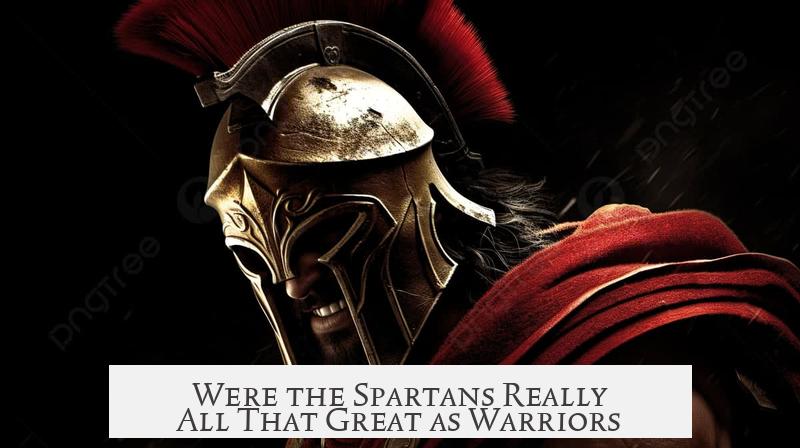
The short and honest answer? Not exactly. While the Spartans have enjoyed a legendary reputation in history textbooks and Hollywood movies as the ultimate warriors, the reality is a bit more layered and less heroic Hollywood-style glory.
Let’s unpack this famed warrior society, dive into its military prowess, the myth-making around battles like Thermopylae, and what their lifestyle actually looked like.
Spartan Lifestyle: Luxury or Iron Discipline?
When most people think ‘Spartan,’ they imagine austere, tough warriors training relentlessly in the mud and sweat. But hold on—did Spartans *really* spend all day sweating through battles? Actually, no.
Despite their military fame, Spartans lived quite comfortably compared to other Greeks. They were a leisure class who didn’t engage in regular warfare drills or manual labor. Instead, their government ensured political stability and a long-lasting system.
In fact, modern scholars reveal Spartan upbringing wasn’t designed primarily to forge war machines. It aimed to create good citizens—respectful, obedient, and disciplined. Sound less dramatic, more practical? Exactly.
These citizens enjoyed leisure pursuits like raising horses, hunting hares, and social drinking with fellow elites. It wasn’t Spartan boot camp 24-7; it was a controlled but comfortable life.
Spartan society was also famously exclusive. The shrinking citizen body was propped up by a large underclass of state serfs called helots who did the work the Spartans wouldn’t. Spartans themselves did not work and enjoyed privileges many Greeks envied from afar.
The Myth of Spartan Military Prowess
So how do you get from “living comfortably” to “legendary warriors”?
Much of the Spartan military reputation stems from the famous Battle of Thermopylae in 480 BC. There, King Leonidas and his 300 Spartans stood alongside other Greek allies to block the vast Persian army.
While many think the Spartans at Thermopylae were extraordinary fighters, the truth is more nuanced. Greek forces took turns defending the pass rather than Spartans alone fighting heroically all the time.
What made the Spartans memorable was their willingness to fight to the death — they never retreated, embodying their laws and fierce discipline.
Our main account of Thermopylae, written by Herodotus decades later, is already steeped in exaggerations and the growing Spartan legend. He describes how the Persians feared their steadfast resistance, even imagining them as fearless maniacs refusing to run away.
Herodotus captures Xerxes’ bewilderment as the Spartans happily arranged their hair before battle, a ritual signaling readiness to sacrifice life. This image helped shape their reputation as die-hard warriors and an elite military force.
Did Spartan Training Really Make Them Battle Superstars?
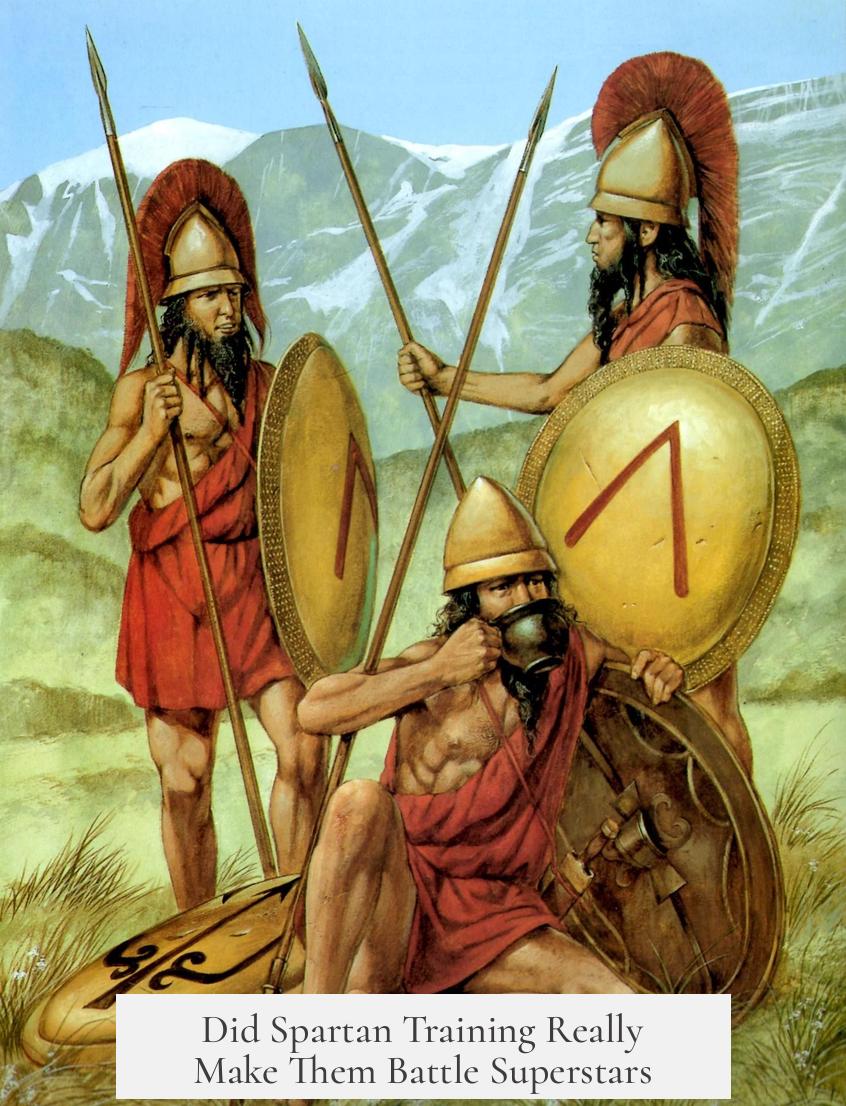
Legend has it Spartans raised boys in the agoge, a harsh training program to forge top-notch soldiers. This happened—but mostly after Thermopylae and more as a system emphasizing loyalty and physical fitness than unique fighting skills.
They required daily athletic exercises for adult male citizens, had strict laws to prevent wealth distractions, and forbade private money ownership to keep attention on citizenship duties.
Spartans also adopted uniform battle gear and practiced formation drills, giving them a tactical edge over other Greeks who fought in looser formations. Hoplite formation depended heavily on teamwork, where soldiers overlapped shields perfectly—protecting both themselves and comrades.
Such discipline and formations contributed to Spartan strength in battle. Yet when you look beyond myth, their victories are mostly limited to large pitched battles where admittedly they often prevailed.
Spartans: Braver Than Others, But Not Invincible
During the Classical period, other Greeks feared Spartans because of their bravery and reputation for never surrendering. That fear created a psychological edge.
However, Spartans sometimes retreated or surrendered in less prominent engagements like skirmishes or naval battles. They did well in big, formal battles but struggled in irregular warfare and couldn’t always hold power indefinitely.
Their winning streak from around 550 BC to 371 BC is impressive but not unbroken. Eventually, in 371 BC, the Thebans delivered a decisive defeat at the Battle of Leuctra, shattering Sparta’s dominance.
Thebes then dismantled Spartan hegemony, liberated previously conquered lands, and weakened Sparta forever. From being a feared superpower, Sparta was reduced to a regional power with only a fading reputation.
Thermopylae: The Heroic Story Versus the Real Strategy
The coalition at Thermopylae included around 3,000 Greeks, with 300 Spartans led by Leonidas, the undisputed commander. This leadership role highlights the respect Spartans enjoyed among other Greek states.
As the Persian army advanced, Xerxes mocked the Spartans expecting them to flee at the first sign of danger. Instead, they stood firm, displaying tactical cunning by fake retreats to lure Persians into traps before striking back fiercely.
Such stories—whether true or embellished—fostered the image of Spartans as tough, clever fighters with unbeatable morale. Shields overlapped in tight formations, each warrior protecting a neighbor like a well-oiled robot unit.
Conflicts like Plataea later featured disputes among Greek allies about positioning and honor, emphasizing the competitive pride Spartan warriors held about their role on the battlefield.
A Balanced Take: Spartan Soldiers Were Tough, But Not Superheroes
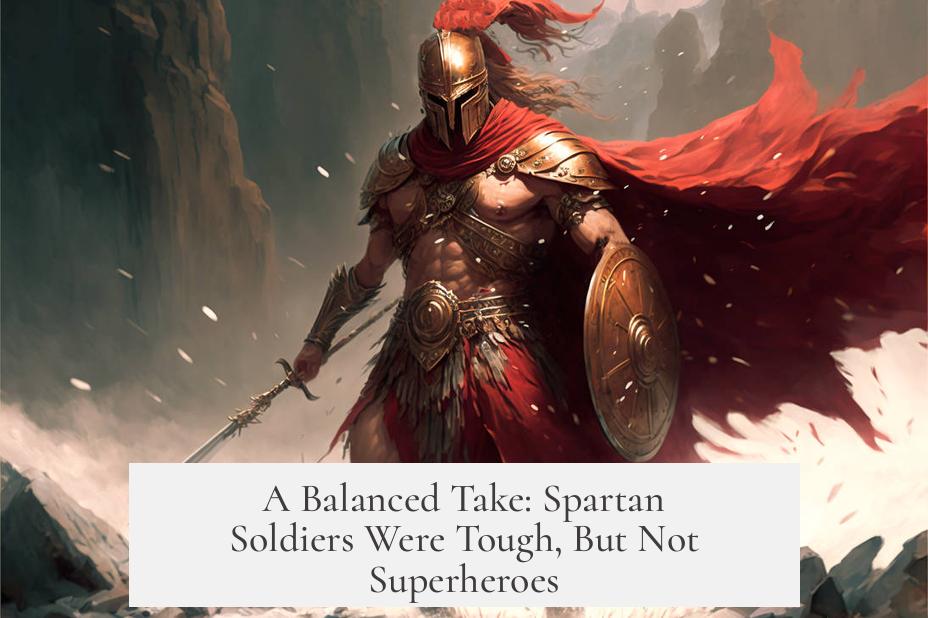
While Spartans definitely cultivated a reputation for bravery and strict discipline, their actual battlefield performance was comparable to other Greek states. Being feared did not always translate to consistent superiority.
Their militaristic lifestyle combined with political stability made Sparta a remarkable state but also a complex one—far from the simplistic image of relentless fighting machines.
The Spartans’ self-image may have propelled them to live up to their legend eventually. However, their society centered on controlled equality, good citizenship, and an effective militia rather than pure war genius.
So, were the Spartans really great warriors? They were good, sure. Braver than many. But their reputation owes more to standout moments like Thermopylae and clever self-promotion than absolute dominance. They mastered the art of myth and discipline, not just swordsmanship.
What Can We Learn From This?
- Beware the legend: History often paints with broad strokes. It’s important to peek behind the tales to see reality.
- Discipline and unity matter: Spartan success, both in war and governance, came from structure and social cohesion.
- Myth can shape destiny: Spartan reputation influenced how they fought, showing psychological power.
- Even elites have limits: Sparta eventually declined, reminding us no warrior culture is invincible.
In the end, Spartans teach us that greatness is sometimes a blend of reality, reputation, and repeating stories that make us admire—not just warriors, but societies that balance strength and stability.
Next time you hear “This is Sparta!” remember: it might have been less about relentless fighting, and more about knowing how to live well, look intimidating, and carry a legend forward.
